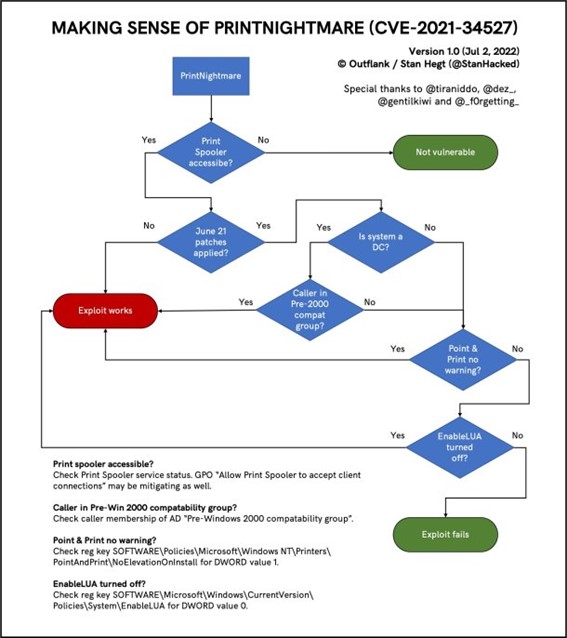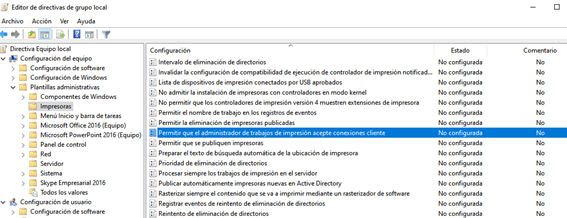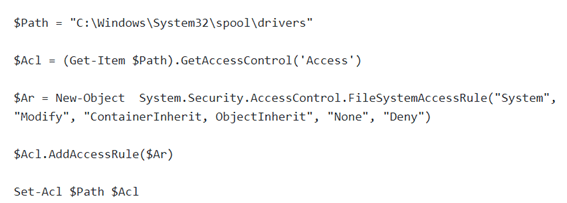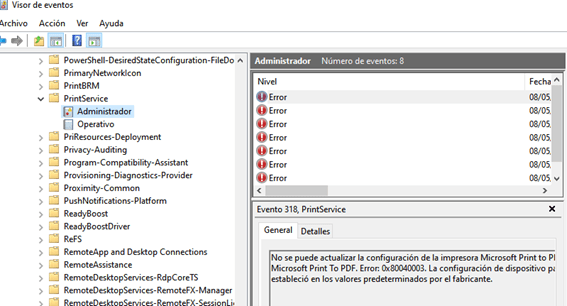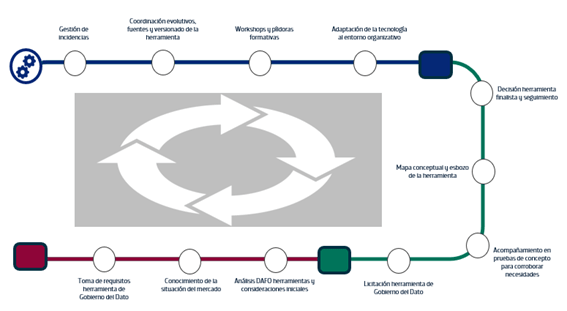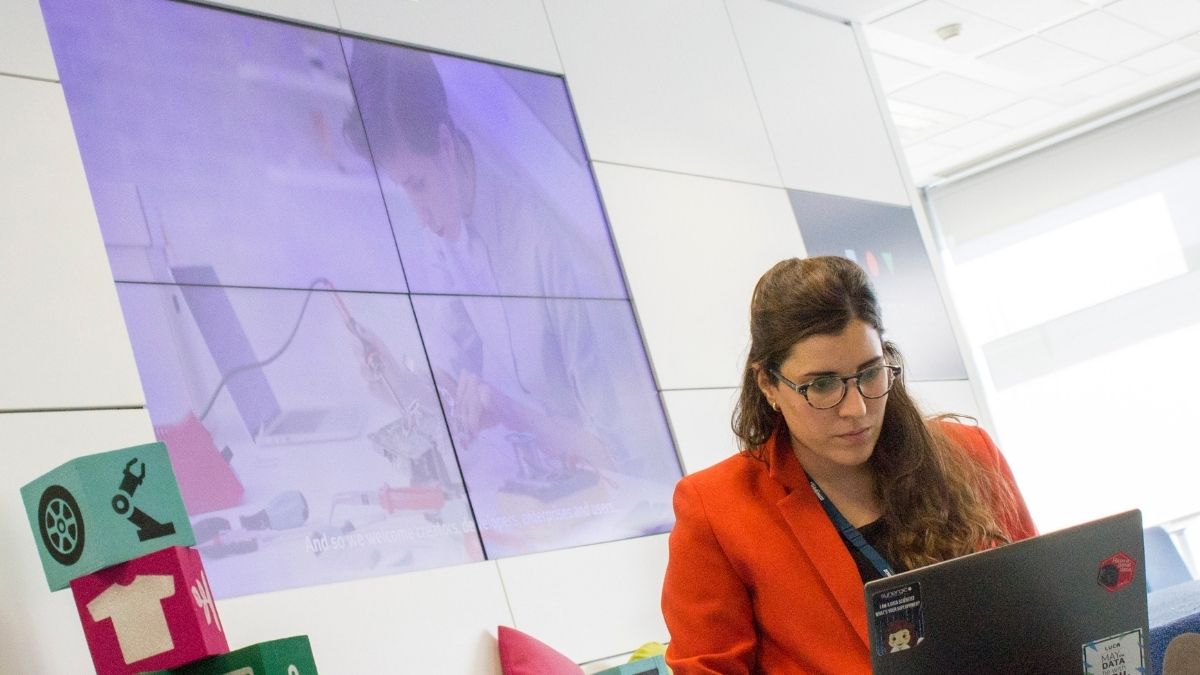In Germany, only about 15% of startups are initiated by women. Sadly, the figure has been stagnant for years. Additionally, female-led startups receive significantly less Venture Capital than those owned by men. This is a shame, considering that data shows that startups founded by women achieve higher revenues and are therefore a more attractive investment.
We at Wayra Germany use our resources and influence to bring more diversity to the startup world by explicitly supporting female entrepreneurship in multiple ways. For example,
- Diversity as a key performance indicator
- Mentorship for female entrepreneurs
- Free data training opportunities
Check out the top 10 female-led startups in Germany and if you are interested in reading more about how we empower diversity, check out our blog.
vCoach
vCoach is a Munich based startup and is specialized in the digitization of communication training. They aim to develop scalable and impact-oriented soft skill training. With artificial intelligence and video analysis, vCoach enables an individual and measurable learning experience.
accu:rate
accu:rate is a spin-off of the Technical University of Munich and is based on the research work of Dr. Angelika Kneidl. The main focus is to simulate the flows of pedestrians with the software crowd:it. In this way, they help the customers visualize and solve the challenges of managing the dynamics of crowds.
Amplitude
Amplitude wants its users to get on top of their money and start seeing beyond tomorrow, to make the right decisions, now and in the future. For young adults (between the age of 18-32) who’ve never learned how to manage their money, we provide a cash flow management tool that enables them to manage, plan and understand their personal finances.
AILY LABS
AILY LABS‘s vision is to develop beautiful digital AI products that are easy to integrate. They believe in challenging the status quo and empowering business with meaningful AI.
Femtasy
Femtasy is the first streaming platform for sensual audio stories for womxn. We make womxn happy and inspire; simple as that. We stand for zest for life – female empowerment is in our DNA.
Honeypot
Honeypot.io is Europe’s leading developer-focused job platform. Whether you’re a developer looking for a new job or a company looking for great talent, Honeypot’s the place for you. Developers on the Honeypot platform can enjoy salary and tech-stack upfront with no resumes, no cover letters, and irrelevant offers.
Lana Labs
Lana Labs is a team of international process and IT experts. As specialists for AI-supported analysis of business and production processes, their goal is to make companies smarter, more efficient and faster through automated process analysis.
audEERING
audEERING GmbH develops next-generation audio analysis algorithms using AI that makes machines emotionally intelligent. They also provide consulting services to help companies integrate state-of-the-art audio analysis technology into their products and their workflow.
Parity Technologies
Parity Technologies’s mission is to enable businesses and organisations to capitalise on blockchain technology and benefit from the new opportunities it presents. They develop cutting-edge software solutions for enterprises and industries to unlock the full value of decentralised technology.
Planetly
Planetly develops user-friendly and straightforward software to enable intelligent carbon management for businesses. They aim to allow companies to transition to a net-zero economy successfully.







